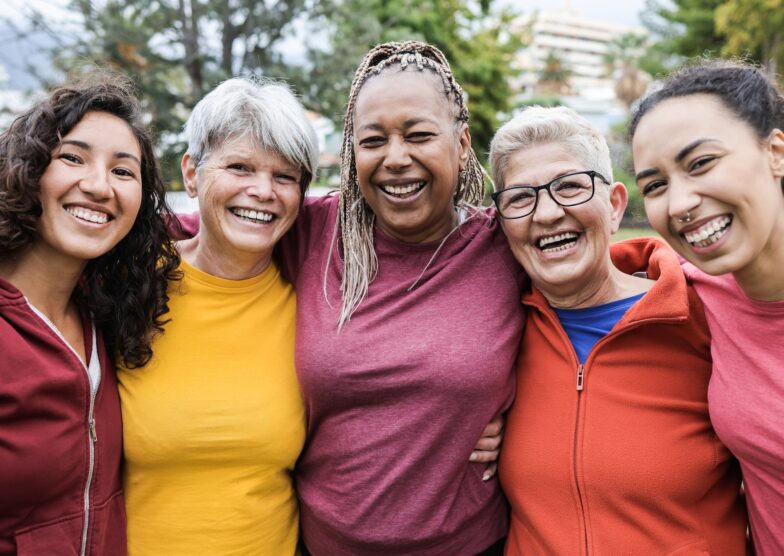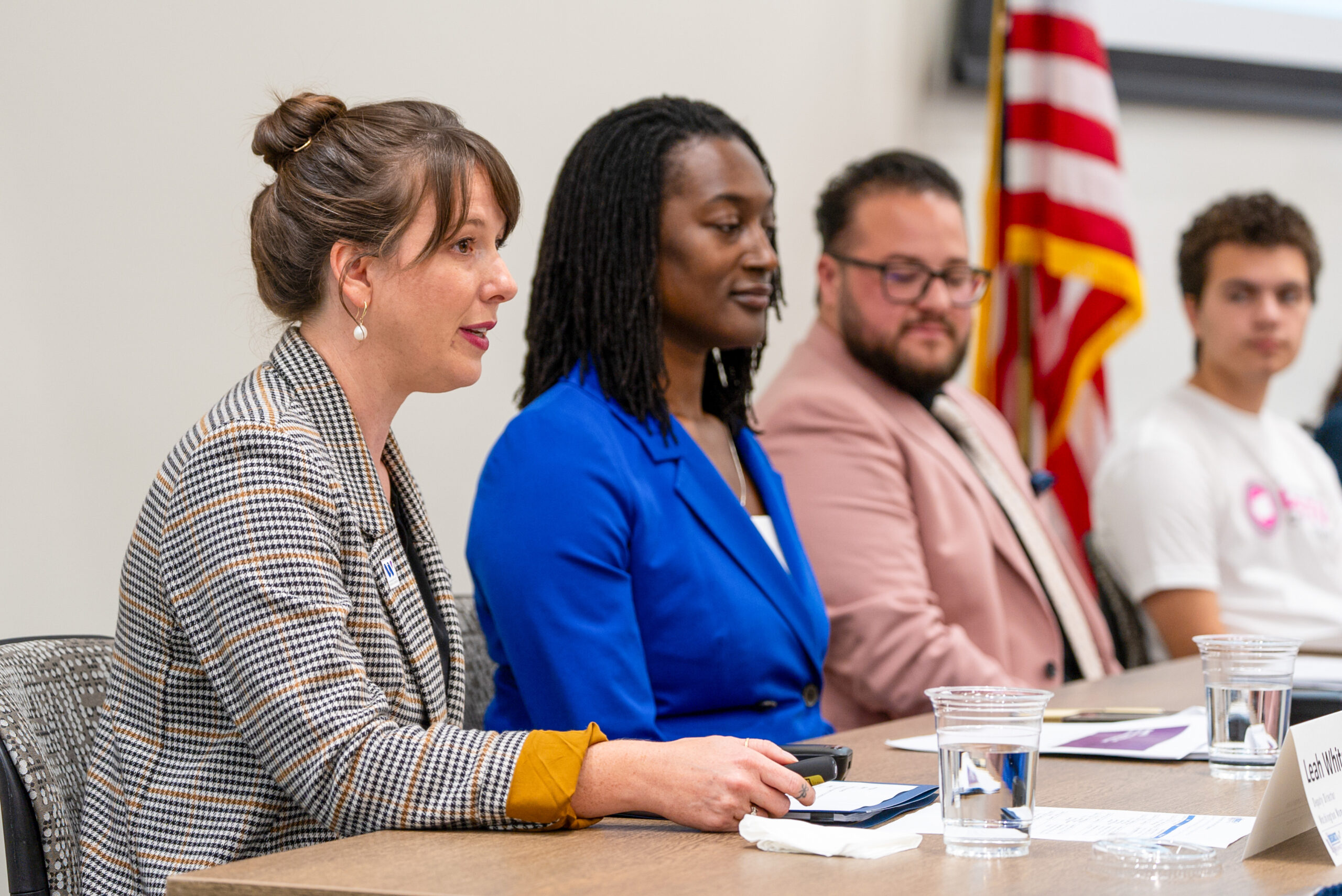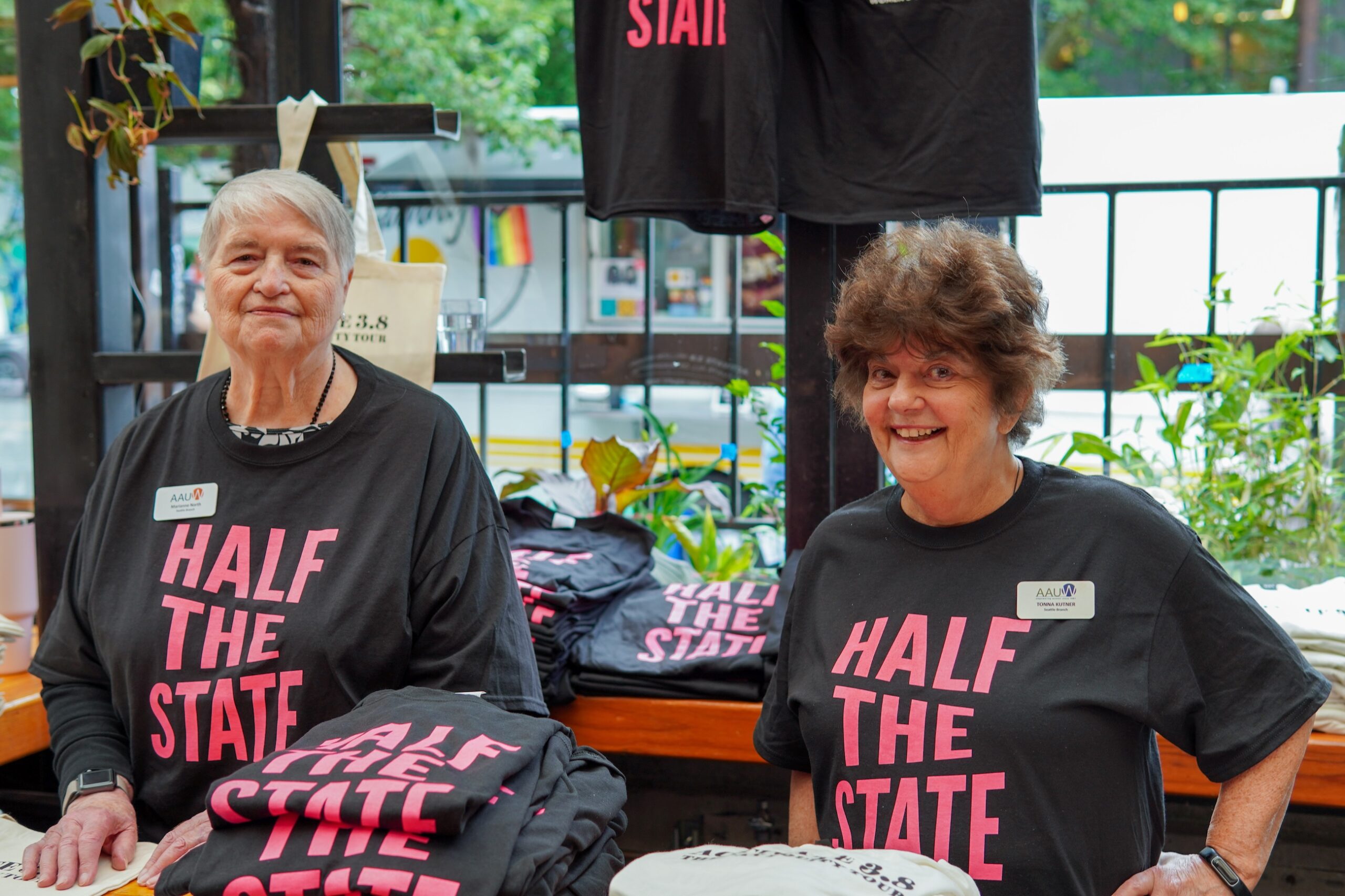Activate 3.8
A statewide campaign to reduce the gender wage gap and improve the social well-being & economic growth of 3.8 million Washington women.
Why It Matters
The Gender Wage Gap
The Gender Wage Gap (GWG) is a measure of the difference in earnings between men and women, and the significant gap that persists today.
For women of color, the gap is even wider. No matter how the data is calculated, women consistently earn less than men, both across and within career fields.
Explore the campaign
Gender Wage Gap Causes
One of the first steps in narrowing the gender wage is to understand what is causing the gap.
Persisting social norms and stereotypes
Distribution of caregiving responsibilities
Workplace harassment and discrimination
Devaluation of women-dominated work
Representation & Inclusive Workplace
Investing in the Next Generation
In Washington, some of our largest industries—like aerospace, tech, manufacturing, and construction—offer the highest wages and benefits but have the smallest number of women workers.
Goal: By partnering with local education districts, community organizations, and labor groups for events across the state, our goal is to spark girls’ interest in careers they may not have previously considered—by connecting them with women thriving in male-dominated industries.


Equitable Access to opportunity
Growing Workforce Development
All workplaces should be inclusive, supportive, and safe. Yet workplace harassment remains widespread. When women enter fields dominated by men, they may face unwelcoming or hostile work environments that can hinder their professional growth or lead them to leave that industry altogether.
Our goal is to advocate for policies that promote equitable access to opportunity, safeguard protections for women in the workplace and amplify organizations that prioritize healthy workplace environments and expand opportunities, particularly in rural areas and communities of color.
Reliable, Comprehensive access
Expanding Access to Wraparound Services
Lack of access to vital services—like child and elder care, healthcare, and transportation—restricts employment opportunities for women. A 2018 Center for American Progress survey found that mothers were 40% more likely than fathers to report career impacts due to childcare issues. Closing the gender wage gap isn’t possible without comprehensive access to essential support systems.
Our goal is to work with state legislators and service agencies to improve the reach, accessibility, and effectiveness of these resources and existing governmental services that are underutilized.


Retirement security
Securing Comprehensive Retirement Access for all
Despite progress in women’s labor participation, the gender-wage gap still results in lower retirement security for women. The National Women’s Law Center estimates the gap costs women $400,000 over a 40-year career, with even higher losses for Black ($884,400), Latina/Hispanic ($1.2 million), and Native ($1.15 million) women.
Our goal is to identify policies and practices that increase access to retirement savings for women of all income levels—and to raise awareness about the importance of financial planning and practical ways to begin.
Past Activate 3.8 Events
Our events — from messaging tours to fireside chats — are aimed at narrowing the wage gap, fostering discussion, and empowering girls to dream big about all career pathways.



